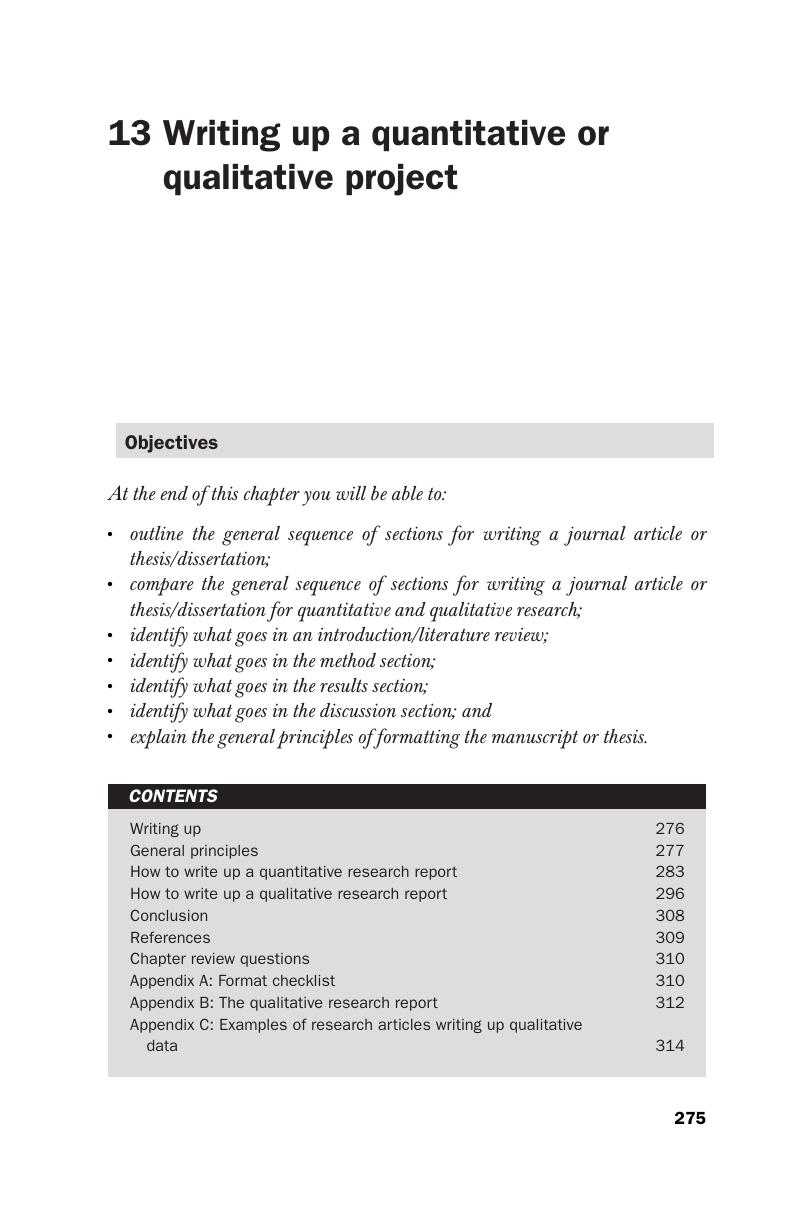Book contents
- Frontmatter
- Contents
- Preface
- Part 1 Introduction
- Part 2 Research designs
- Part 3 Methods of data collection
- Part 4 Measurement
- Part 5 Methods of data analysis
- Part 6 Reporting research findings and ethical considerations
- 13 Writing up a quantitative or qualitative project
- 14 Ethical issues and conduct in the practice of research
- Index
- References
13 - Writing up a quantitative or qualitative project
Published online by Cambridge University Press: 05 June 2012
- Frontmatter
- Contents
- Preface
- Part 1 Introduction
- Part 2 Research designs
- Part 3 Methods of data collection
- Part 4 Measurement
- Part 5 Methods of data analysis
- Part 6 Reporting research findings and ethical considerations
- 13 Writing up a quantitative or qualitative project
- 14 Ethical issues and conduct in the practice of research
- Index
- References
Summary

- Type
- Chapter
- Information
- Management Research Methods , pp. 275 - 315Publisher: Cambridge University PressPrint publication year: 2007

